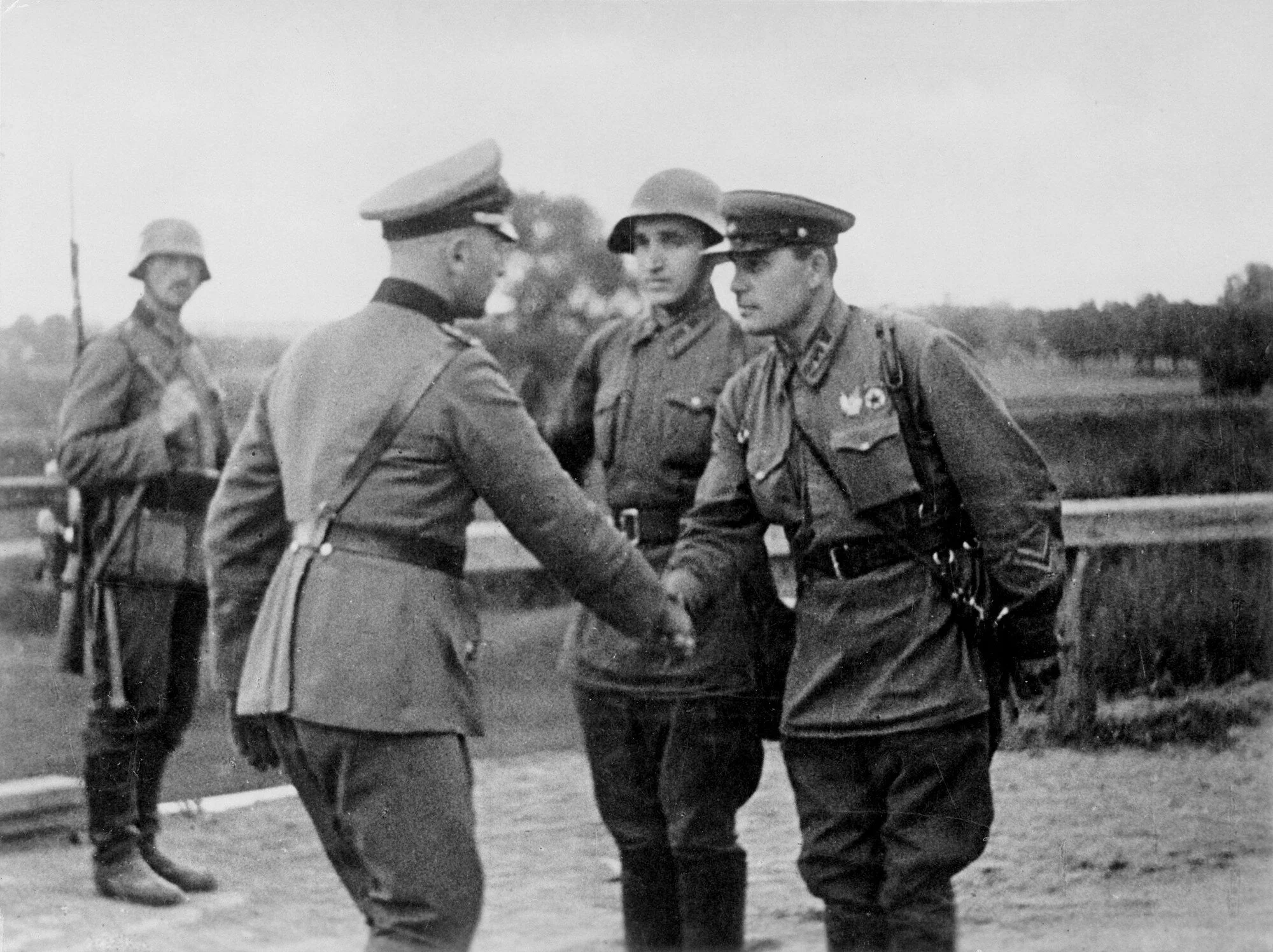This portable book stand is small and ligjt enough to be taken into libraries and archives, measuring only A4 in size, yet it can double as a photography stand to be used with my tablet to take hgh quality images without blurring or shadows.
Published: The Logistics of the Combined-Arms Army— the Rear: High Mobility Through Limited Means
This article sets out to examine the inner working of combined-arms armies logistics over the course of the war through the use of a series of seven reports contained within the ‘Collection of Materials on the Experience of War’ and comparing these assessments with statistics from archival documents on two actual operations, Operation Polkovodets Rumyantsev in August 1943 and the Vistula-Oder Operation in January 1945. These results show that combined-arms armies gained their operational mobility from rapid re-establishment of railways and a carefully choreographed use of a small motor vehicle fleet, coupled with strict adherence to weight limits and living off the land by combat troops and their horse-drawn transport. This achievement of high mobility using limited means was a unique approach particularly tailored to the Red Army’s force structure and the Soviet Union’s available economic support.
Your personal research assistant - Reference Managers
Logistics of a Combined-arms Army of the Red Army - Seminar Presentation
As part of the ‘History Goes On’ seminar series, they have featured my delayed, seminar presentation. This was originally designed to be presented at the Second World War Group Conference in 2021 and to accompany the release of my article in the Journal of Slavic Military Studies Vol. 33 No. 4 due March 2021.
Research in archives
The aim of this blog piece is to outline the kind of research methodology that I use when doing a small project, say 10,000 words, a journal article, MA dissertation, something at that level. I will be using both libraries and archives for research, coupled with some online sources and some reference books.
Early Career Historians: expanding your horizons
The Writing Cycle - turning research into academic writing
So you have finished your research, gathered the books, journal articles and primary research material for your essay/dissertation/thesis and now have to start turning this into your text and argument. You are faced by a mass of research on one side and a blank piece of paper on the other. How do you convert one into the other?
Phillips O'Brien's "How the war was won"
Phillips O'Brien in his book 'How the war was won' has produced an attractive new way of understanding the Second World War in which he claims the Western Allies were the main contributors to victory by their creation of a new type of warfare - an air-sea 'super battlefield' and their destruction of the lion's share of the production of the German and Japanese war economies. He makes the valid point that by comparison the war's main land battles, such as Kursk only involved relatively small amounts of territory and destroyed only small amounts of cheap equipment such as tanks while the air-sea supper battlefield covered large parts of the globe and consumed well over half the German and Japanese economic output in aircraft alone before we take account of shipping.
A Who Dunnit of the Soviet-German War - solution
In the previous post, I set you, the reader, the challenge of comparing both contemporary and current accounts of a single day of fighting at divisonal level during the Battle of Kursk. In this post I will give you some further information and lead you towards my conclusion. Of course you may have your own ideas.
A Who Dunnit of the Soviet-German War - an exercise in source materials
One of the major issues with the historiography of the Soviet-German War is that German accounts of the war had an almost unchallenged run for over forty years between 1945 and 1991. Former German generals found a willing audience in American soldiers and historians who were struggling to counter the Soviet domination of Eastern Europe and the prospect of a Third World War.
The aim of this exercise is to demonstrate some of the problems with one-sided Germanicentric scholarship by examining one of those rare occurances, a divisional sized battle which has primary and secondary sources from both sides.










